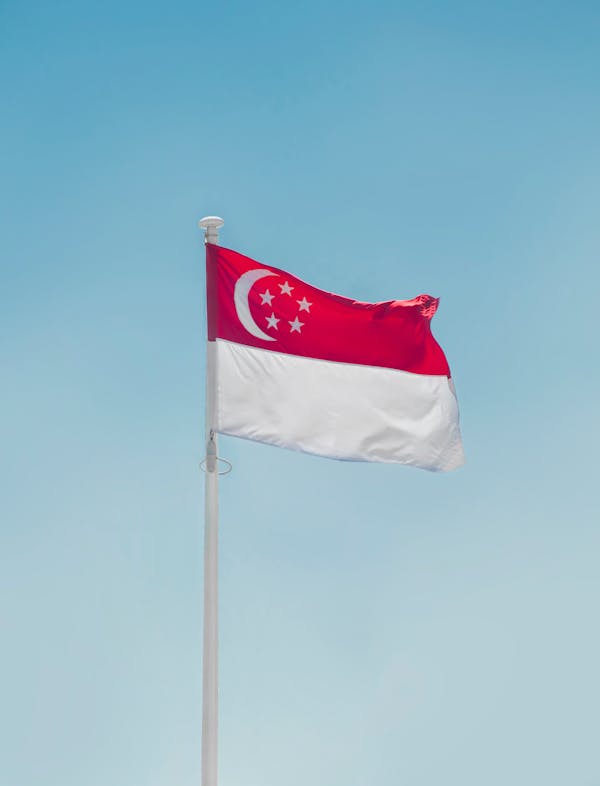Weather Forecast Singapore: What to Expect in the Lion City
Singapore’s weather is as distinctive as the city itself — hot, humid, and often full of surprises. If you're planning a trip to this Southeast Asian hub or you’re a local keeping tabs on your weekly activities, checking the weather forecast Singapore can make all the difference in your day.
Despite its consistent equatorial climate, Singapore’s weather patterns have nuances worth understanding. Whether you're prepping for a day at Sentosa, a business meeting in the CBD, or a nature walk at MacRitchie Reservoir, knowing what the skies have in store can help you stay one step ahead.
Located just 137 kilometers north of the equator, Singapore experiences a tropical rainforest climate, meaning there are no distinct seasons like spring, summer, fall, or winter. Instead, the year is divided into two monsoon periods — the Northeast Monsoon (December to early March) and the Southwest Monsoon (June to September), with inter-monsoon periods in between.
Rainfall is frequent and can occur at any time, often in the form of short, heavy showers typically during the afternoon. Even on days that start off sunny, it’s wise to carry an umbrella or a lightweight raincoat. The temperature usually hovers between 25°C (77°F) and 31°C (88°F), with high humidity making it feel even warmer.
Modern technology has made it easier than ever to keep up with the weather forecast in Singapore. The Meteorological Service Singapore (MSS) provides real-time updates, 24-hour forecasts, and even lightning alerts via its official website and the myENV mobile app. These forecasts are highly reliable, with radar imaging and satellite tracking offering precise information down to specific neighborhoods.
Global platforms like AccuWeather, The Weather Channel, and Google Weather also provide Singapore-specific forecasts, often supplemented with user-contributed data. This means whether you're wondering if you need to delay your jog at East Coast Park or pack extra sunblock for a day at Universal Studios, accurate guidance is only a few taps away.
Monthly Trends and Microclimates in Singapore
Understanding monthly weather forecast Singapore can help with long-term planning, especially if you're organizing events, scheduling construction, or planning agricultural activities. January and December are generally the wettest months, thanks to the Northeast Monsoon, with high rainfall and relatively lower temperatures. In contrast, May and June are typically the warmest and driest months, although 'dry' in Singapore still means occasional downpours. Thunderstorms are common throughout the year, often accompanied by brief, intense rainfall.
Despite being a small island, Singapore does experience microclimates — localized weather patterns caused by variations in urban development, vegetation, and elevation. For instance, areas with dense high-rise buildings and concrete structures, like Orchard Road or the Marina Bay district, tend to retain more heat, a phenomenon known as the urban heat island effect. In contrast, greener areas like Bukit Timah or the Central Catchment Nature Reserve often enjoy slightly cooler temperatures and more shade. These subtle variations might not show up on broad forecasts but can make a tangible difference when planning your day.
Haze is another weather-related factor to consider, particularly during the Southwest Monsoon season. Originating from forest fires in neighboring countries, haze can severely impact air quality in Singapore, prompting health advisories and event cancellations.
During these periods, weather forecast Singapore will include air quality indices (AQI) and guidance on outdoor activities. It’s a reminder that weather forecasting in Singapore isn't just about rain and sun — it's about helping people navigate environmental health concerns too.
Planning Ahead: Tips for Making the Most of Singapore’s Weather
If you’re visiting Singapore or living in the city, adapting to its tropical climate is part of daily life. The key to thriving in this environment is preparation and flexibility. Keep an umbrella in your bag or car at all times — the compact kind that withstands sudden gusts of wind.
Wear breathable fabrics like cotton or moisture-wicking blends to stay comfortable through heat and humidity. Sunscreen is essential, even on cloudy days, as UV levels can be deceptively high.
Using the weather forecast Singapore as a tool for planning can enhance both productivity and leisure. If you’re planning an outdoor wedding, a hike up Mount Faber, or a weekend market stall, reviewing the 3-hour or 24-hour forecast can help you pick the best time slots.
Many locals also check rain radar maps to track approaching storms — a helpful strategy when timing commutes or choosing between indoor and outdoor activities. Smart planning isn’t just about avoiding discomfort; it’s also about making the most of the city’s diverse experiences, rain or shine.
Singapore’s infrastructure is built to handle its climate, with covered walkways, efficient drainage systems, and a public transport network that stays functional in almost any weather. Still, your own awareness and preparedness play a big role in how smoothly your day unfolds.
So whether you’re dodging a thunderstorm or basking in a rare sunny stretch, tuning into the latest weather forecast Singapore provides can make every experience a little more comfortable — and a lot more enjoyable.

